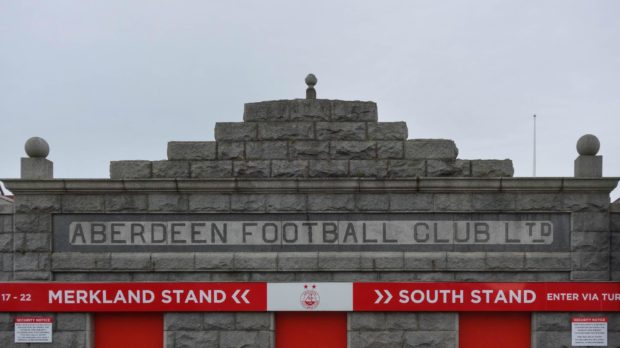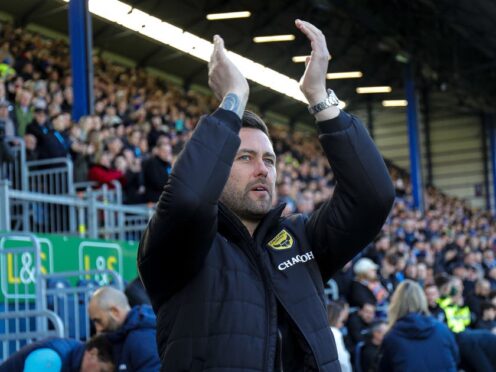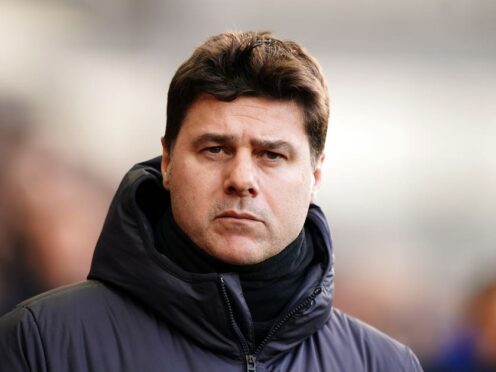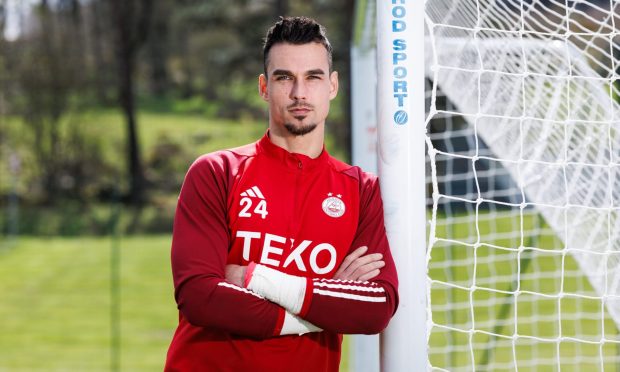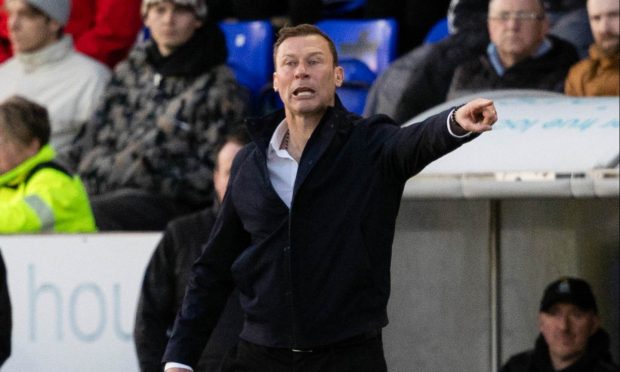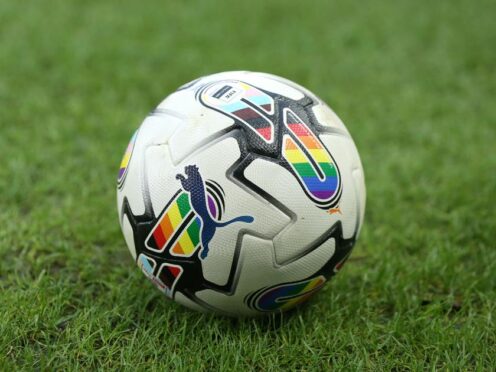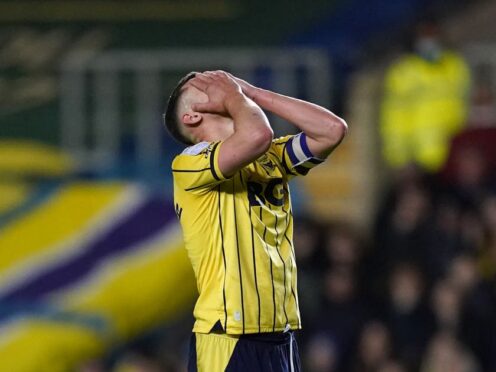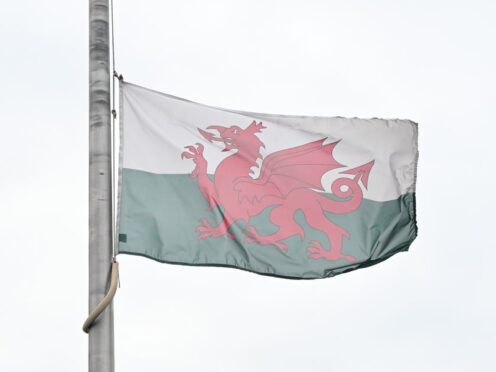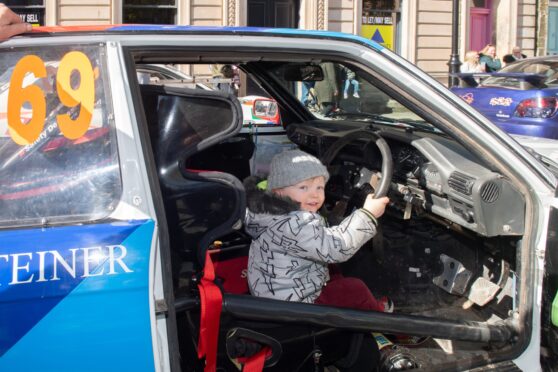If there has been one positive development from the restrictions imposed by COVID-19, it’s the proliferation of local history groups and heritage societies who are delving into and unearthing fascinating nuggets from the past.
This is happening all across the north and north east, with volunteers in places such as Braemar unveiling previously untold stories of how the village responded to the challenges of life during the First and Second World Wars.
And it is also inspiring sport in the region as I have discovered from being sent the launch issue of a new magazine, Black & Gold, produced by the Aberdeen FC Heritage Trust.
The publication is like a time portal for those with an interest in the past and features myriad different stories about the club from its earliest days and how the forerunners to the Dons played at a variety of locations throughout the city.
In many respects, Aberdeen have been at the forefront of leading community initiatives and thriving as an innovative organisation, but that certainly wasn’t the case when it came to the idea of floodlit football.
On the contrary, as Black & Gold contributor Alan Johnstone has found out, the Dons lagged behind many of their Scottish counterparts, such as Hibs, Rangers, Kilmarnock, Falkirk and Hearts.
Even East Fife had installed the amenities by the end of 1953, but although the first floodlit league games took place in 1956, Aberdeen refused to play under lights at the likes of Easter Road until 1958, strangely claiming “it gave the home side an advantage”.
Eventually, though, the Pittodrie board relented and confirmed in May 1959 that they had elected to create a lighting system at the stadium.
As the Evening Express reported: “Aberdeen soccer [sic] enthusiasts will see the Dons in action under floodlights during the coming season.
“The Dons vice chairman Charles Forbes said: ‘The directors have decided to give the go-ahead for it at Pittodrie Park. The installation of lighting would ensure a 3pm kick-off for all afternoon games and postponed matches, rearranged for midweek, could be played at night.
“Pittodrie would also come into the reckoning for representative matches, such as under-23 internationals and it would be available for practice games by the Aberdeen players.”
The news was the prelude to the club being challenged to home and away contests by Luton Town, the 1959 FA Cup runners-up, once the infrastructure had been put in place. And, in a season where both teams struggled badly in domestic competition, they offered a respite from the Dons ending in 15th place and Luton last in their respective divisions.
As Johnstone writes: “The excitement and drama of playing cross-border challenge matches provided some welcome distraction for supporters. The first game was at Kenilworth Road on October 14, with Luton easing to a 4-0 win.
“Meanwhile, efforts continued at Pittodrie to complete the installation in time for the return match on October 21. As the Evening Express reported: ‘Men are working overtime to finish the floodlighting system. Two towers in the terracing, 135ft above pitch level, are ready and the other two on the stand side are being completed.”
It later emerged that the project was recorded, in the club’s 1960 accounts, as costing – and the details are very precise – £14,112 and eight shillings.
But the investment proved a success with fans and players alike and the hosts triumphed 3-2 in the return fixture, prompting an exhilarating response from supporters. As Black & Gold relates: “When the lights were switched on, there was a gasp of surprise from the 16,000 spectators, and then loud applause.
“For many of the Dons followers in the ground, it was their first taste of floodlit football and they were suitably impressed.”
There is an abundance of poignant, quirky, surprising content in these pages. I had known about the football reporting career of Aberdeen Journals stalwart Jim Forbes, who became firm friends with former Aberdeen manager Eddie Turnbull.
But I was unaware of Forbes’ traumatic experiences during the Second World War when he was with RAF Coastal Command and nearly died after the Sunderland Flying Boat on which he was serving crashed into the Cromarty Firth and five of his fellow crew members were killed.
He himself was seriously injured and the impact of that tragedy never left him. Yes, football mattered, but it was never the b-all and end-all.
Earlier this year, his niece presented the AFC Heritage Trust with a selection of papers and photographs – and his prized portable typewriter, on which he created thousands of reports.
Trust secretary Chris Gavin said: “Now, it will be a prized part of The Aberdeen Collection and make a great centrepiece when we get the chance to put it on show.”
There has been nothing normal about 2020. But if you or your friends have any interest in the Dons or even Aberdeen’s social history, you should check out Black & Gold.
Further information can be found at www.and heritage.org
